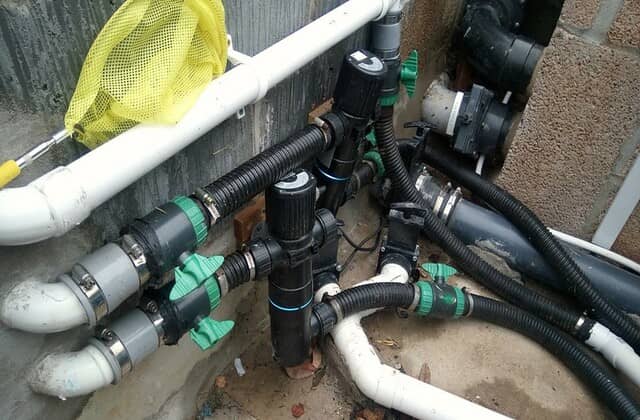Process piping work utilizes to transform liquids, chemicals, fuels, gasses, and other natural materials into a usable product. Pipes that direct water through an industrial facility to cool processes cannot consider process pipes; however, if used to move water through a process that converts it into soft drinks, cleaning chemicals, or incorporated with other materials to produce the final product, it considers to be process pipe. Technically process piping refers to pipe parts that aren’t part of the mechanical systems of the building.
Pipe systems use to transport liquids and gases used for heat and cooling processes. The pipework that connects to wastewater or plumbing systems considers processing pipe systems. These are considered part of the plumbing system. Pipelines are also not used in energy processing equipment.
What Is Process Piping?
Process piping may comprise interconnected piping systems like process tubing and pipe; pressure hoses trap, valves and separators fittings, flanges filters, gaskets, and other parts. These pipe systems connect to move, mix divide, stop, distribute or regulate flows of liquids. Process pipe used in the chemical, semiconductor refinery, paper textile, pharmaceutical, and pharmaceutical industries.
Power Piping
To describe process piping systems as well as their parts that use in the construction of services pipes and can be found in electric power generators, industrial and institutional facilities well as geothermal heating systems for utility use as well as central and district cooling and heating systems.
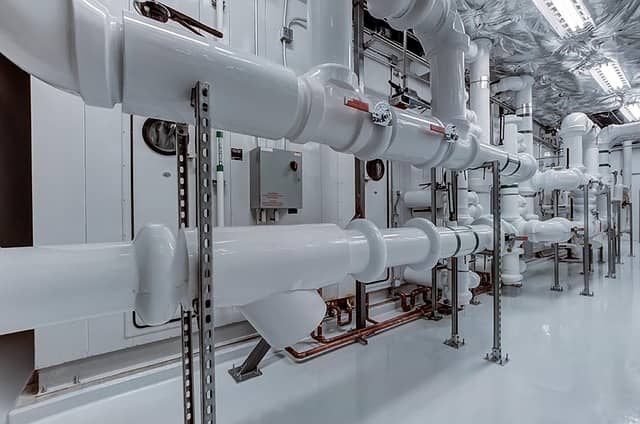
Power piping encompasses, however, is not restricted to piping used for the distribution of processpipe and plant steam with boiler pressures higher than 15 grams per square inch. High-temperature water piping comes from High temperature and high-pressure boilers steam condensate pipes for power boilers, including the high-temperature and high-pressure condensate water pipe parts, as well as hydraulic piping work and compressed air in the direction of the stop valve on a system’s distribution header.
Mechanical Pipe
The installation of all pipework in a neat, professional way through skilled workers. All pipes adjacent to each other must install parallelly, and all vertical pipes installed plumb. In contrast, all horizontal pipes must be able to fall continuously until the lowest point of 1:240, except when such a configuration would make it challenging to create an orderly installation. In these cases, a decision from the Engineer require.
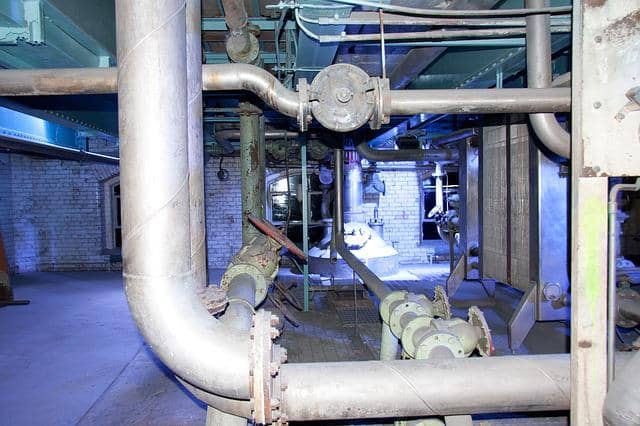
Generally, pipes must follow the lines of walls as shown on plans, with sets around columns as needed, and fitted to provide adequate clearance of 25mm away from walls, 100mm away from floors with 75mm of clearance between them. If pipes lines with insulation, they must install to allow the necessary distance between the insulation walls, floors, or the adjacent pipes. All pulled bends or sets of distortion or flattening, and the burred and cut ends of pipes must remember to ensure the entire length of the pipe.
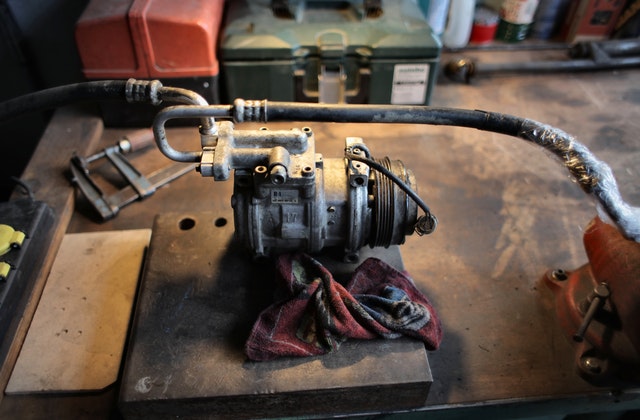
A factory should manufacture any bent sets, or bent bends pulled on UPVC pipework. Pipe joints embed into the walls, ceilings, floors, or in any other inaccessible place. Care must take before closing up and closing the final assembly to ensure that all pipes have been clean and free of grit, flux, scale, and joints materials. The ends of pipes that do not connect for any reason close using plastic caps. Any reduction in the diameter of pipes achieves through sockets for reduction with eccentrics. Bushed fittings allowed. All tees clean, and any bends with a long radius unless agreed otherwise with the Engineer.
The Layout Of The Piping
The initial step (or an action) before turning into a finished product. A piping designer does piping layout. This involves drawing the equipment, the maintenance spaces, and the electrical requirements. Then, the piping routs to carry out the purpose of the equipment. Then, add the requirements for space, and you’ll have a pipe layout. The final location on any machine is determined by the layout of the piping. The final location is then included in “GA,” or LCP “GA” (or LCP) that is then routed into the structural group. As you can see, there’s an average cycle that cycles among the group of piping work pipe plans “GA’s,” the structural groups as well as the structural group, and the “Foundation Locating Plan.
Pipe Engineers
Piping is professionals in engineering who are accountable for developing pipes that move things like gas, oil-water, waste, and even waste from one place to another. They expect to create the blueprints of the system. It helps select the materials to construct the pipes and other piping component. They have to visit the installation site for the pipes and conduct inspections of the land to find any anomalies. Piping engineers must also participate in cost management meetings with decision-makers to ensure that the budget allocates correctly for the project. Spend a few minutes to pipe system design or update the resume you have. We invite you to browse the examples of our resumes to discover the most efficient method to compose your cover letter. Then choose from 10resume templates to design the perfect piping Engineer profile.
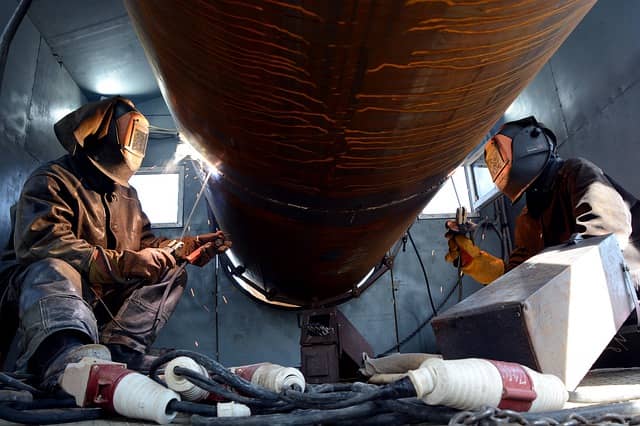
Pipe Elbow
A pipe elbow is a piping work type bent in a curve or angle. So that straight pipes join in an angle. The pipe elbows construct from various materials, ranging from brass and cast iron to PVC or even plastic, and it often threads to allow another pipe joint to them. Corner pipe line fitting in plumbing installations; however, they utilize in other ways. The dimensions and shapes of the pipe elbow depend entirely on the person’s needs. The materials employed are based on the purpose of the pipe unit.
Plumbing applications usually require the use of a pipe bend. Sin Move to Trashce pipes rarely flow straight and a pipe elbow requires to permit. Water flows through obstructions, walls, and even outside the home. The pipe elbow is available in various bends to permit greater flexibility in the piping work options. In plumbing, the elbow connector to other pieces of piping. By screwing them together using threads covered with a plumber’s tap. The tape prevents leaks from joints and prevents the joints from becoming loose. Brass is the most popular choice of material for plumbing.
Feature Image By Flickr
Looking for some more articles to read:
Follow 5 Best Steps To Handle Emergency Water Damage
8 Alarming Symptoms of Sealing Water Leaks Detection
5 Benefits Of Hiring Water Damage Services | Implant Restoration
Call A Plumber Immediately For Water Leak Repair – 7 Warning Signs
Top 3 Reasons For Installing A Circulation Pump – Exceptional Idea
